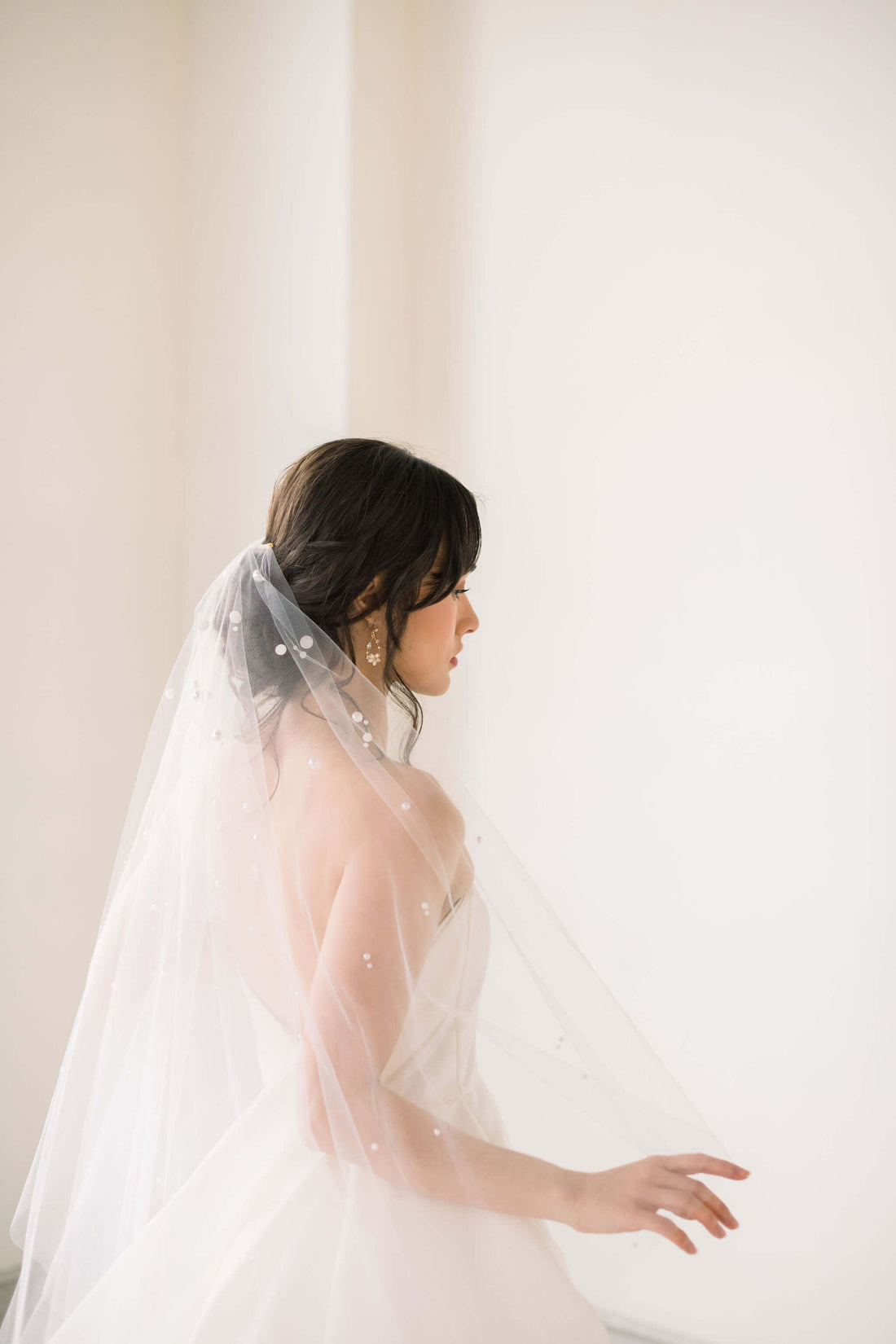
The History and Significance of Wedding Veils
Wedding veils have been a symbol of bridal beauty and tradition for centuries. From ancient Greece to modern-day weddings, veils have played a significant role in the wedding ceremony and have been worn by brides for various reasons. In this blog post, we'll explore the history and significance of wedding veils.
The earliest recorded use of a wedding veil can be traced back to ancient Greece, where the veil symbolized the bride's innocence and purity. In the Middle Ages, veils were worn as a symbol of modesty and to protect the bride from evil spirits. During this time, the veil was often accompanied by a wimple, a head covering that concealed the neck and hair.
In the 16th century, wedding veils became more ornate and were often used to display the bride's wealth and social status. In the 19th century, the white wedding gown and veil became popularized in Western culture, and the veil became a symbol of the bride's innocence and purity.
Today, the wedding veil is still a popular tradition and is worn by brides all over the world. While the significance of the veil has changed over time, it remains a symbol of the bride's beauty and a testament to the love and commitment she shares with her spouse.
In conclusion, wedding veils have a rich history and have played a significant role in weddings for centuries. Whether you choose to wear a veil on your wedding day is a personal decision, but it is clear that veils will always be a beautiful and meaningful tradition in bridal fashion.

